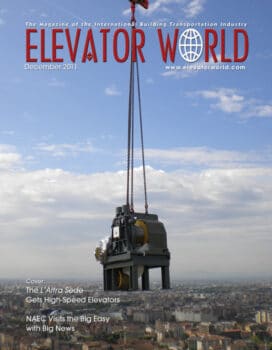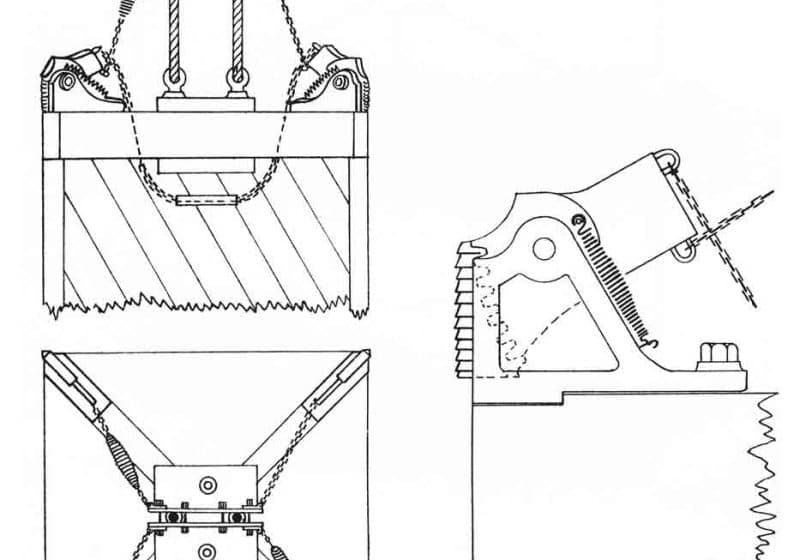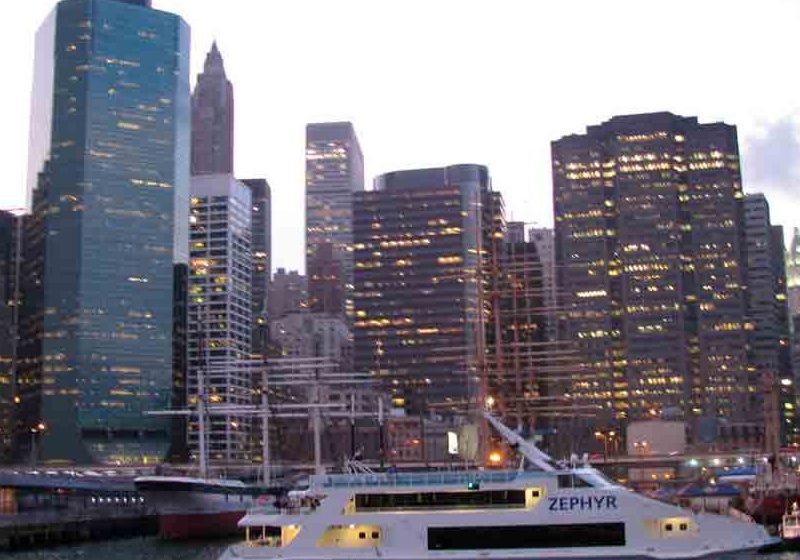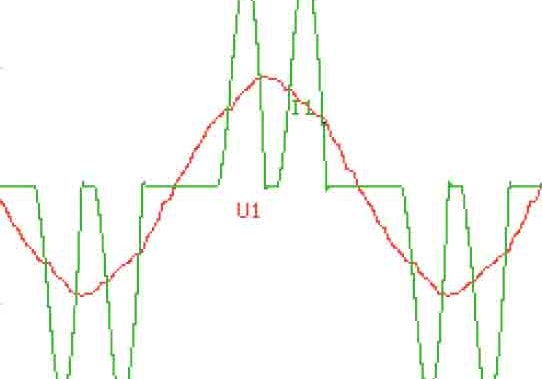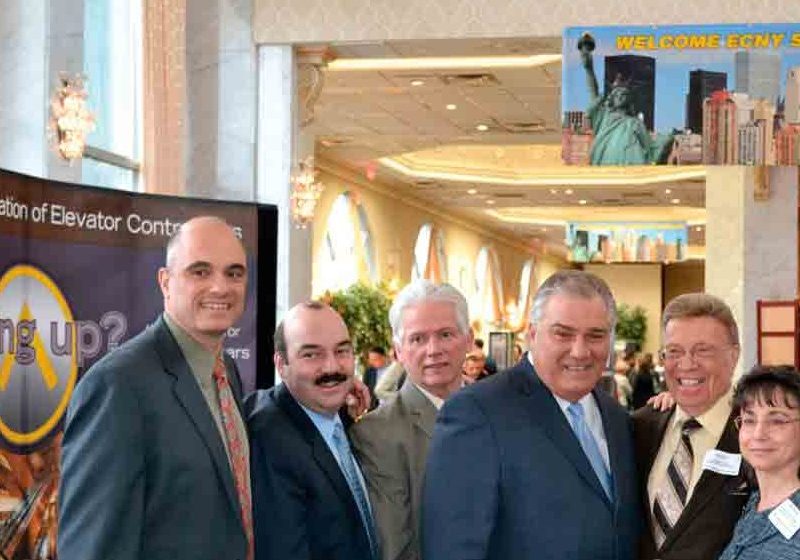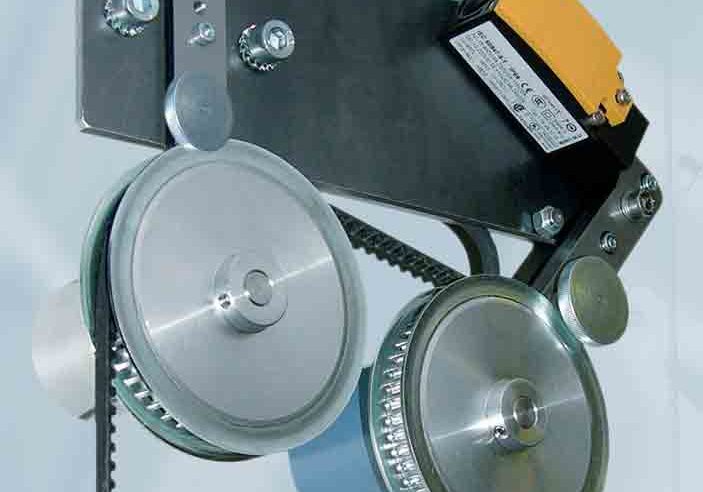Elevators at the Institute for Advanced Study
Nov 1, 2011
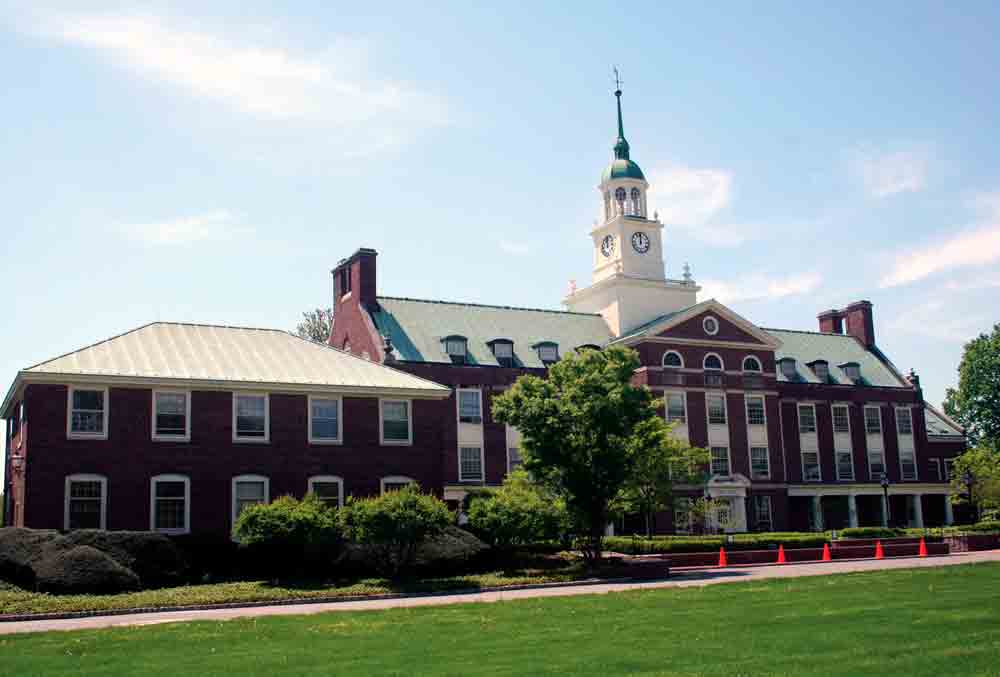
A description of the vertical transportation installed at The Institute for Advanced Study and a discussion on how Einstein used these elevators to discover new physical laws.
The purpose of this article is to describe the vertical transportation installed at a place that may be the most elite intellectual institution in the world although its existence could be unknown to many Americans and the world at large.
Extraordinary installations are not to be expected, but regular elevators that correspond to the architectural style in which the buildings were constructed at the Institute over the years.
People in the industry will also learn how Albert Einstein used the elevator to discover new physical laws in addition to the ideas already published in the ELEVATOR WORLD July 2005 issue.
Origin and Evolution
“It seemed to me that the time was ripe for the creation in America of an institute in the field of general scholarship and science…not a graduate school, training men in the known and to some extent in the methods of research, but an institute where everyone — Faculty and members — took for granted what was known and published and in their individual ways endeavored to advance the frontiers of knowledge,” Abraham Flexner, founding director, 1930-1939.
Mr. Flexner wanted to create a place that should be a haven where scholars and scientists could regard the world as their laboratory. It should provide the facilities, the tranquility and the time requisite to fundamental inquiry into the unknown. In those days, Louis Bamberger and his sister Caroline Bamberger Fuld from New Jersey had received a significant amount of money when they sold Bamberger´s — one of the largest department stores in the country — to the R. H. Macy Company. Having learned about Mr. Flexner and his vision for an educational utopia, they decided to donate part of the money to start an Institute that, in Vartan Gregorian´s words — one of the Institute´s Trustees — would be “the university to universities.” Princeton, a leading academic center and a quiet spot, was chosen as an ideal location. The next step was to find distinguished scholars willing to commit themselves to a new institution, but the time was really ripe: In the early 1930s European scientists realized that Nazism would severely silence intellectuals, or even crush them. As a consequence, Albert Einstein — he worked at the Institute from 1933 until his death in 1955 — Kurt Gödel and John von Neumann were among the first ones to accept positions at the Institute and many others came enthusiastically.
Scientists and scholars are rarely motivated by the thought of an end product. Rather they are moved by a creative curiosity that is the hallmark of academic enquiry. The Institute for Advanced Study is one of the few institutions in the world where the pursuit of knowledge for its own sake is the ultimate raison d´être. It is also worth mentioning that the Institute is a completely independent academic institution that does not have any formal ties to other entities, such as Princeton University, as it is sometimes supposed due to its vicinity.
Today it is a community of scholars devoted to theoretical inquiry. IAS is made up of a small permanent Faculty — not more than 28 scholars — of exceptional merit, and postdoctoral visiting Members who come to the Institute from all over the world to spend periods in lengths that never exceed a maximum of five years. They join a community of the best and brightest in the fields of Historical Studies, Mathematics, Natural Sciences and Social Sciences. Besides doing their own research, the Faculty and Emeriti provide guidance to the Members. There is a constant and vigorous exchange of ideas but there are neither classrooms nor labs. The trustees give institutional advice and provide the financial support, along with other donors — which is crucial as the Institute charges no tuition and depends primarily on the income from its endowment — and other grants and gifts.
In recent years, the Institute has broadened its scope into new fields, including theoretical computer science and systems biology, where advances depend on insights from mathematics and physics, core disciplines in which the Institute has long been preeminent. The Program in Interdisciplinary Studies explores different ways of viewing the world including astrophysics, geology, artificial intelligence and philosophy.
More than two dozen Nobel Laureates have been affiliated with the Institute as well as three quarters of all recipients of the Fields Medal — equivalent of the Nobel Prize for mathematicians.
The Vertical Transportation at the Institute for Advanced Study
The Institute for Advanced Study is a center made up of an eclectic collection of buildings set on 800 acres of woods, fields and farmland near the gothic towers of Princeton University.
It is said that its scholars gather on the roof of nature and contemplate objects at the farthest extreme of creation. They do not need elevators to reach those heights. However, there are lifts at the Institute and elevators have been used by Einstein in “thought experiments” as the reader can discover further on.
Recently, your reporter has had access to IAS different buildings to search for the lifts there installed. Most of them are hydraulic installations that service a few floors and are used mainly by elderly people or those with special needs. In practice, just a few people pay any attention to them. It was indeed a surprise when permission was asked to have a look at them!
Fuld Hall Elevator
As the first building in the Institute and constructed in 1939, Fuld Hall — named after Felix Fuld, the husband of Caroline Bamberger Fuld — has served as the primary entrance over the years for Faculty, Members, and Visitors. The Georgian structure was conceived and executed by architect Jens Fredrick Larson.
At the entrance, what is thought to be the premises´ oldest elevator, stands on the right hand side, its metal central opening doors are mostly unobserved.
As registered in the Institute´s Archives the elevator was obtained from and installed by Haughton Elevator Company, which guaranteed the lift for two years beginning February 14, 1940. Once the guarantee period expired Otis Elevator Company inquired about providing service for the elevator. It seems to have been fully functioning a few months into 1940.
The Fuld Hall elevator cab interior surfaces were upgraded approximately 20 years ago to their present state.
In 2006, the elevator underwent a substantial refurbishment: The cab´s control panel was upgraded along with the hoistway cabling, a new motor and other improvements. The majority of the work was completed by Schindler Elevator Company. The structural cab itself appears to be original.
Accompanied by the crew in charge of the Institute´s general maintenance, your reporter climbed up a drop off ladder to the machine-room located in the Fuld Hall attic that is now integrated into the fire alarm system for automatic recall in the event of a fire. A Schindler machine occupies most of the space and it is driven by a 23 HP motor. Originally, it was a two speed installation but a new VFD controller was installed during the 2006 refurbishment.
The Dining Hall
Recollections indicate that the existing hydraulic elevator is not original to the building design but it was added afterwards much to the consternation of the building´s architect Robert Geddes and his colleagues Brecher, Qualls & Cunningham.
This Dover elevator— a two-stop, central jack, hydraulic installation with the machine room located above the hoistway — is used to access the kitchen and the second floor in the dining-room as well as the lecture-rooms adjacent to it.
On the contrary, the dumbwaiter was installed with the building in 1993. Disguised inside one of the columns that make up the architectural framework, it serves the dining–room and a bar located on the upper floor.
West Building: Schools of Historical Studies and Social Science
This building was completed in the early 1970s and it is used by the Faculty and Members of Historical and Social Sciences where their offices and lecture and seminar halls are located.
The vertical transportation is supplied by one Dover hydraulic, central piston elevator. It serves four stops and is similar to the one in the dining hall but the controller features electromechanical relays. The cab push button station is original from the 1970s. The capacity is 2,500 pounds (1,135 kg).
In the Historical Studies-Social Science Library there is another Dover two stop hydraulic elevator dated 1967. It is well maintained and it keeps its original controller.
Bloomberg Hall
This building — named in recognition of former Institute Trustee Michael Bloomberg — was designed by Kehrt Shatken Sharon Architects with Geddes/Demshak Architecture and Planning as the Design Consultant and opened in 2002. It has been recently extended to house the Simons Center for System Biology, so that all the components of the School of Natural Sciences — Physics, Mathematical Physics, Biology, Astrophysics and Cosmology — are united in one building. This extension was designed by Pelli Clarke Pelli Architects — Cesar Pelli is the Argentine architect famous for the Petronas Towers and the World Financial Center — and it was opened in 2007.
This School features an Otis hydraulic elevator servicing three stops. It has a central piston and side opening doors with an emergency door on the roof. The machine room is located at the bottom of the hoistway and the cab is wood-lined with a mirrored ceiling. Three stair lifts are also available in this building.
People at the Institute pursue knowledge regardless of its potential utility in making things. Their purpose in life is to understand nature and how it works. They have freedom to research on scholarly projects free from financial worries.
Special thanks:
Christine Ferrara: IAS Senior Public Affairs Officer Michelino Antenucci — Maintenance Supervisor and Mike Pascarella, Maintenance Mechanic.
Get more of Elevator World. Sign up for our free e-newsletter.

